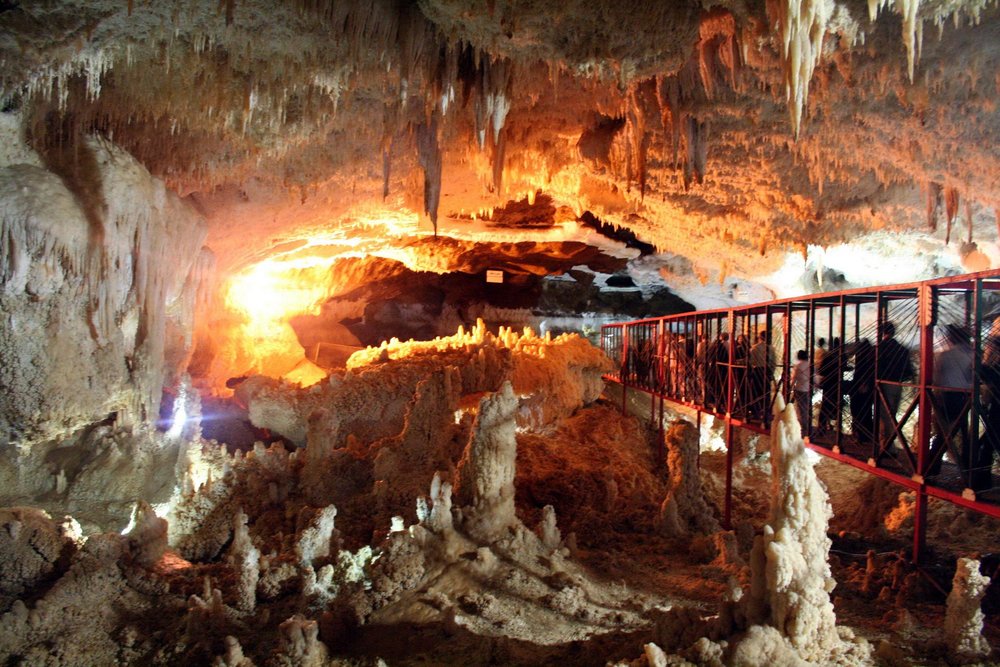Tougher regulation aims to protect Iran’s caves against damages

TEHRAN – A taskforce commissioned by the Iranian Cave and Speleology Association has issued new guideline that requires provincial departments of environment to put in place tougher regulations to ensure the caves are better shielded against potential harms by people.
“The caves across the country will be categorized in order to determine human access to each cave in what extent should be,” Mehr quoted Javad Nezamdoust, a cave expert and former director of the ICSA, as saying on Thursday.
Nezamdoust expressed deep concern over some state-run organizations, private sector and NGOs who use their clout to exploit the natural sites under the excuse of developing tourism at any cost, Mehr reported.
The development of the guideline took some two years of research based on international standards of speleology. It divides caves into four categories, on top of which stands total prohibition of tourist entry so that such caves are exclusively dedicated to scientific and speleological research.
Categories three and two respectively apply less strict curbs on the presence of visitors and tourists. And finally caves in the fourth stage are associated with the least sensitive archeological and historical indicators so that they could be freely accessible to people.
Iran is geologically a part of the Alpine-Himalayan organic belt. The country features variety of mountain rangers and hundreds of caves with Ali-Sadr, Karaftu, Kataleh Khor, Quri Qaleh amongst the most notables.
According to Britannica Encyclopedia, the enigmatic evidence of human presence on the Iranian plateau is as early as Lower Paleolithic times. The first well-documented evidence of human habitation is in deposits from several excavated cave and rock-shelter sites, located mainly in the Zagros Mountains of western Iran and dated to Middle Paleolithic or Mousterian times (c. 100,000 BC).
PHOTO: Visitors walk through the scenic Kataleh-Khor Cave in Zanjan province, western Iran
AFM/MG
